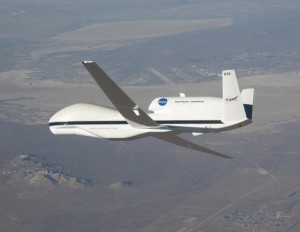Anthony C. Didlake, Jr.
Associate Professor of Meteorology
Research
Tropical Cyclones
Accurate forecasts of hurricanes depend on an in-depth understanding of their underlying physical processes. I am interested in examining the processes that determine hurricane structure, intensity, and precipitation. My research focuses on the dynamics and microphysics of internal convective features (e.g., spiral rainbands, concentric eyewalls) and their interactions with the surrounding environment.
Radar Meteorology
Airborne radars can collect observations of storms in remote locations
such as over the open ocean waters. These radars can utilize scanning techniques that are designed for  retrieving the full 3D wind structure of any precipitating region within range. The bulk of my research uses airborne Doppler radar for examining the wind and precipitation fields of storms. I am also interested in improving wind retrieval techniques for various airborne radars.
retrieving the full 3D wind structure of any precipitating region within range. The bulk of my research uses airborne Doppler radar for examining the wind and precipitation fields of storms. I am also interested in improving wind retrieval techniques for various airborne radars.
My research also uses land-based and spaceborne radars for examining storm precipitation structure. The land-based operational radars in the U.S. have dual-polarization capabilities which allow for providing information on the shapes, sizes, concentrations, and types of precipitation particles. This information helps better understand the structures and evolution of clouds in tropical cyclones. The spaceborne radar of interest is the NASA Global Precipitation Measurement (GPM) Core satellite’s Dual-frequency Precipitation Radar (DPR). Like its predecessor TRMM-PR, this radar provides continuous observations across the globe that are important for understanding storm structures and precipitation climatology.
Mesoscale Processes
My interests are in connecting kinematic and microphysical observations to determine the precipitation processes of various mesoscale storms. I am involved in projects that investigate high-impact precipitating systems ranging from mesoscale convection to storms modified by complex terrain.
